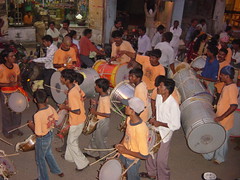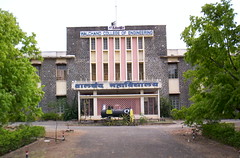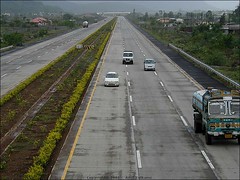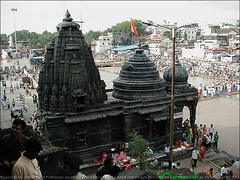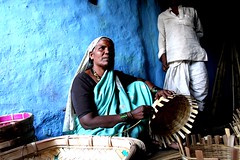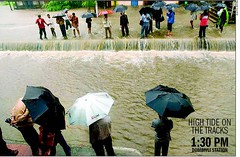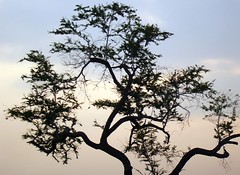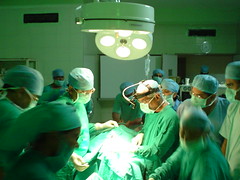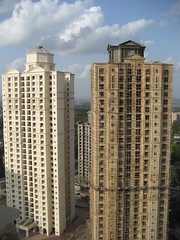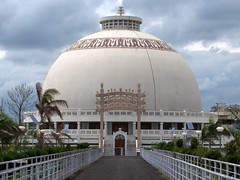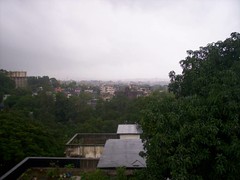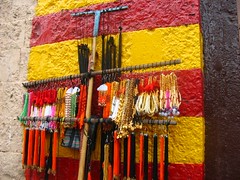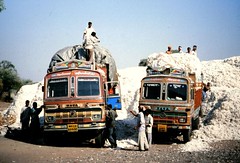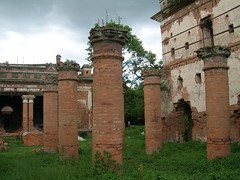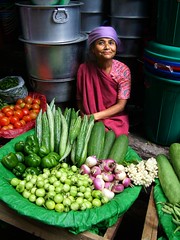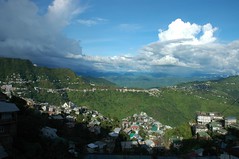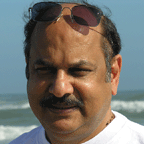Solapur is one of the biggest cities in
Maharashtra, situated near the borders with
Karnataka and
Andhra Pradesh. It is an ancient historical and religious place with
Shri Siddharameshwar as its "Gramadaiwata". Shri Siddharameshwar was a historical figure of the 12th Century whose "Karmayoga" on his own native land-Solapur, turned him into a God-figure over the course of time. He composed more than 65,000
Vachanas and consecrated 68 "Lingas" in Solapur. He belonged to the
Virashaiva movement inspired by the saint and revolutionary
Basavanna. He had gained the "Siddhi". As Solapur was a
drought prone area, Shri Siddharameshwar dug a lake with the help of 4000 "Sharanas" to solve the problem of portable water, which was open to use for people of all castes, races and religion. He entombed himself alive (Shivyogsamadhi) at Solapur.
During the Indian independence movement, the people of Solapur enjoyed full freedom on 9th, 10th and 11th May 1930.However, this resulted in the executions of Shri Mallappa Dhanshetti, Shri Kurban Hussein, Shri Jagannath Shinde and Shri Kisan Sarda who were hanged on 12th Jan 1931, in the prison at Pune. This resulted in the city becoming recognized as "The City of Hutatmas".
Solapur is 433 km away from
Mumbai and 244 km from
Pune. By rail, it is 456 km from Mumbai. Solapur is well-connected with metro-cities like
Delhi,
Hyderabad, and
Bangalore.Being an important industrial city, Solapur is a leading center for cotton mills and power looms. Solapur bed-sheets, terry-towels and chaddars have earned international fame and reputation due to their novel designs and durability.
